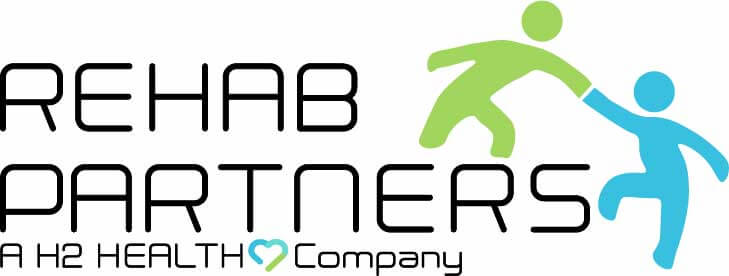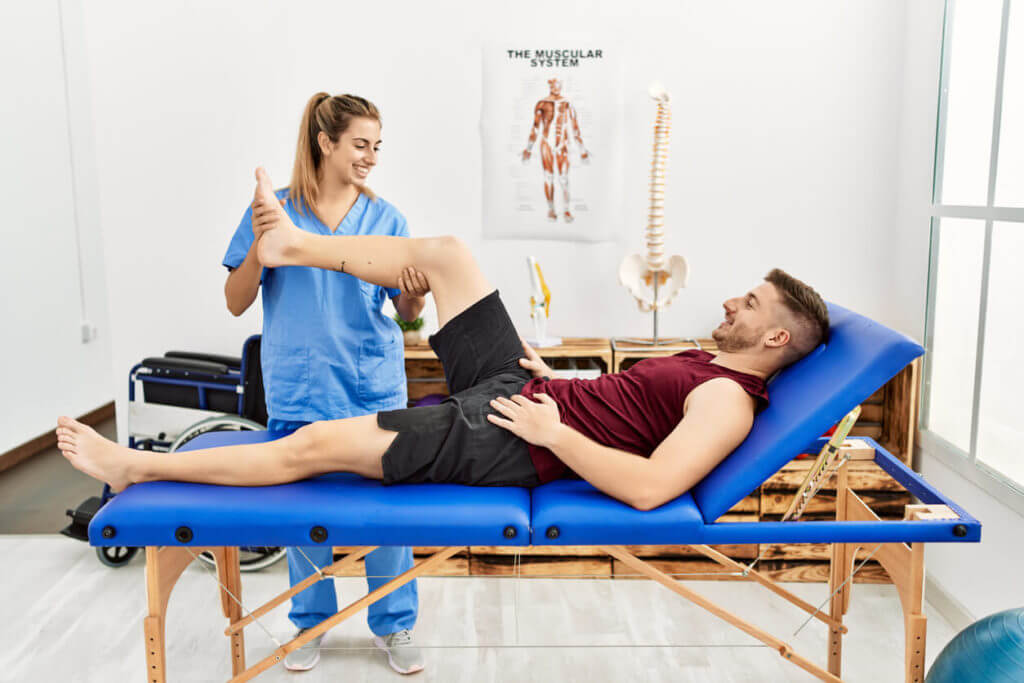When we think of physical therapy, we tend to focus on the physical aspects, such as improved bodily function and reduced pain. However, physical therapy is not just beneficial for healing physical injury and pain. It can also play a vital role in mental health and emotional well-being. Physical therapy takes a holistic approach to
Read MoreThe Importance of Physical Therapy in Injury Prevention
Physical therapy is a healthcare profession that not only provides relief and rehabilitation from orthopedic and sports injuries, but it is also an important tool in injury prevention. Understanding the role of physical therapy in injury prevention can help us protect ourselves from recurring injuries, improve our overall health, and help us lead a more
Read MoreRange of Motion Exercises: Improving Flexibility After Hip Replacement
Hip replacement surgery is often a last resort treatment for those who suffer from chronic hip pain and inflammation caused due to injury, arthritis, or other conditions. Recovery after hip replacement surgery is a long and gradual process, requiring a lot of patience and commitment. Improving your range of motion is one of the most
Read MorePost-Surgery Rehabilitation: The Role of Physical Therapy
Undergoing orthopedic surgery for an injury, arthritis, or other musculoskeletal condition is not only challenging for the body but for the mind as well. The recovery period after orthopedic surgery can be long and challenging for most individuals. To regain the strength and functionality of their body, post-surgery rehabilitation is required. Physical therapy is a
Read MoreBalance and Fall Prevention: Exercises for Stability and Safety
As we age, our bodies naturally lose some of their ability to maintain body position while sitting, standing, or moving. This can lead to an increased risk of falling, which can cause serious injury. Certain medical problems, such as vision changes, Parkinson’s disease, vestibular problems, altered sensations in the feet, and the use of medication,
Read MoreThe Role of Physical Therapy in Injury Rehabilitation
As soon as we sustain an injury, our body’s natural healing process begins immediately. However, this process can be slow and incomplete, especially if you have sustained a severe injury. Physical therapy accelerates the healing process of the body, helping people recover from injuries more quickly and fully. Physical therapy is a healthcare profession that
Read MoreErgonomics at Home and Work: A Physical Therapist’s Guide
The repetitive movements that are a natural part of your occupation can take a toll on your physical health. Repetitive strain injuries usually affect the upper body, such as the forearms, elbows, wrists, and hands, which are heavily used while working. The pain from overuse can prevent you from doing your job well. The goal
Read MoreManaging Arthritis Pain Through Physical Therapy
Arthritis is an umbrella term for conditions that affect tissues around the joints, including connective tissues such as cartilage. According to estimates, approximately one in four American adults have arthritis, and approximately 1 million people are hospitalized every year due to arthritis. Arthritis – whether osteoarthritis, rheumatoid arthritis, or some other form of arthritis –
Read MoreThe Psychological Benefits of Physical Therapy During Injury Recovery
When we think of physical therapy after an injury, we often associate it with the physical aspect of recovery – stronger bodies, improved flexibility, and enhanced mobility. However, many of us do not know that physical therapy does more than that. It can have profound psychological benefits that are crucial to recovery after an injury.
Read MoreBalance and Fall Prevention: A Guide to Physical Therapy Techniques
Falls are one of the major public health concerns. According to reports, more than 1/3 of adults aged 65 and older fall each year in the US, and between 20 and 30% suffer moderate to severe injuries due to falls. Many things can contribute to falls, including balance or walking problems, multiple medications, positional low
Read More












































